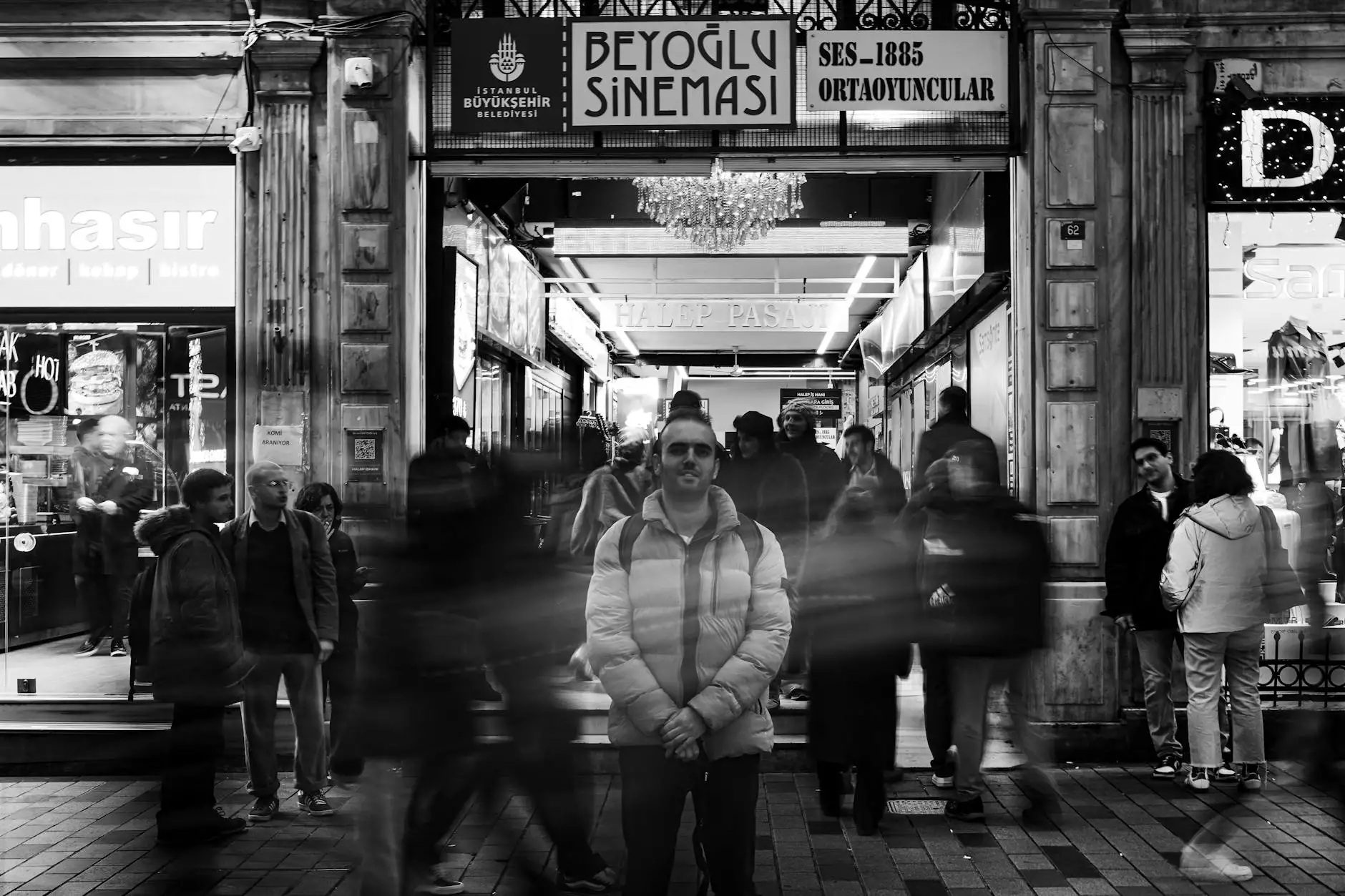Exploring the Intricate World of Light Sculpture

In recent years, the art of light sculpture has emerged as a captivating form of expression, blending the tangible with the intangible. This innovative art genre uses light as its primary medium, creating dynamic installations that can transform spaces and evoke emotions. Artists like Grimanesa Amorós have pushed the boundaries of this medium, showcasing how light can not only illuminate a space but also redefine it.
The Evolution of Light as an Artistic Medium
Light has been a source of intrigue and inspiration for centuries. However, the concept of utilizing light as a sculptural element is relatively modern. Historically, artists used natural light to enhance their work, but the advent of technology has ushered in a new era for artistic expression. Today, artists harness LEDs, neon lights, and projection mapping in their work, redefining how we perceive art.
What is Light Sculpture?
Light sculpture refers to a three-dimensional work that predominantly employs light to craft visual experiences. Unlike traditional sculptures that might use stone, metal, or wood, light sculptures often create an ephemeral quality to the artwork. They can shift and change based on various factors, including time of day, viewer perspective, and environmental dynamics.
The Elements of Light Sculpture
- Source of Light: The primary source can vary; it may be LEDs, lasers, or even projections. Each source brings a unique quality to the sculpture.
- Materiality: Many light sculptures incorporate physical materials—like acrylic or glass—to manipulate light refraction and reflection.
- Space Interaction: Light sculptures interact with their surroundings, creating an immersive experience for viewers.
- Viewer Engagement: Many installations invite viewers not just to observe but to engage, altering their perception through movement or interactivity.
Grimanesa Amorós: A Pioneer of Light Sculpture
Grimanesa Amorós has garnered international acclaim for her innovative contributions to the art of light sculpture. Her works often incorporate themes of identity, culture, and environmental awareness, pushing the boundaries of how light can convey complex ideas and emotions:
Notable Works
Among her most well-known pieces are:
- “Luminaria”: An installation that harmonizes light and patterns, creating an engaging environment that reflects the cultural essence of its surroundings.
- “Seri”: This piece incorporates traditional stories, allowing light to narrate cultural tales through its illuminating designs.
- “Frontera”: An exploration of borders, both physical and metaphorical, represented through intricate lighting patterns that encourage viewers to reflect on boundaries.
The Importance of Context in Light Sculpture
One of the most fascinating aspects of light sculptures is how they respond to and recontextualize their surroundings. Unlike static art forms, light sculptures create a dialogue with their environment, often bringing new life to public spaces:
- Site-Specific Installations: Many artists create light sculptures tailored to specific locations, ensuring that the art resonates with the site's history and culture.
- Seasonal Transformations: Some installations are designed to evolve with the seasons, allowing them to provide different aesthetic experiences throughout the year.
- Community Engagement: By inviting communities to participate in the creation process, artists foster a deeper connection between the work and its audience.
Technological Innovations in Light Sculpture
The integration of technology in the creation of light sculptures has opened new avenues for artists. Advancements in digital technology, such as:
- Projection Mapping: This technique allows artists to project images onto irregularly shaped surfaces, creating dynamic visual narratives that interact with their environment.
- Interactive Installations: Artists can now incorporate sensors that allow the installation to change based on viewer movements or sounds, creating a participatory art experience.
- 3D Printing: This technology enables sculptors to create intricate designs that were previously impossible to execute, allowing for more detailed light manipulation.
The Impact of Light Sculpture on Urban Spaces
Light sculptures have a profound impact on urban landscapes. They can transform mundane public areas into vibrant artistic spaces, promoting cultural dialogue and community engagement. Cities around the world have embraced light installations as a means of enhancing public spaces:
Case Studies of Urban Light Sculptures
- Los Angeles’ Grand Park: The park features various light installations that illuminate the space and provide a dynamic backdrop for community events and gatherings.
- Berlin’s Festival of Lights: An annual festival that showcases numerous light sculptures, turning the city into a canvas of creativity and attracting tourists from around the globe.
- Singapore’s Light Festival: Integrating art and technology, Singapore's light festival features interactive sculptures that highlight the city's commitment to innovation in art.
Benefits of Incorporating Light Sculpture in Public Art
Incorporating light sculptures in public art offers multiple benefits, including:
- Enhanced Aesthetics: Light sculptures enhance the visual appeal of urban environments, making them more attractive for residents and visitors alike.
- Cultural Identity: These installations can reflect the cultural narratives of a community, fostering pride and a sense of belonging among residents.
- Increased Foot Traffic: Transforming public spaces with light sculptures can attract more visitors, benefiting local businesses and stimulating the economy.
- Community Engagement: Collaborative art projects involving light sculpture creation can bring community members together, encouraging relationships and shared experiences.
The Future of Light Sculpture
The future of light sculpture is bright—literally and figuratively. As technology continues to evolve, so too will the possibilities for artists. We can anticipate trends like:
- Augmented Reality: Future installations might integrate AR, allowing viewers to interact with light sculptures in immersive ways using their smartphones or AR glasses.
- Environmental Consciousness: Artists are increasingly considering sustainability, using renewable energy sources and eco-friendly materials in their installations.
- Global Collaborations: The internet allows artists from different cultures to collaborate, sharing innovative ideas that can cross geographical boundaries.
Conclusion
In conclusion, the realm of light sculpture is an exciting and evolving field within the broader categories of arts and entertainment. Artists like Grimanesa Amorós are at the forefront, leading the charge to redefine how we interact with light in our daily lives. As urban environments continue to integrate this captivating art form, we can expect a future filled with creativity and innovation. With each light installation, we are reminded of the beauty that can emerge when art, technology, and community come together to illuminate our world in delightful ways.
Explore More About Light Sculptures
For more information on light sculptures and the work of Grimanesa Amorós, please visit grimanesaamoros.com to discover captivating installations and the inspiration behind her creative expressions.









